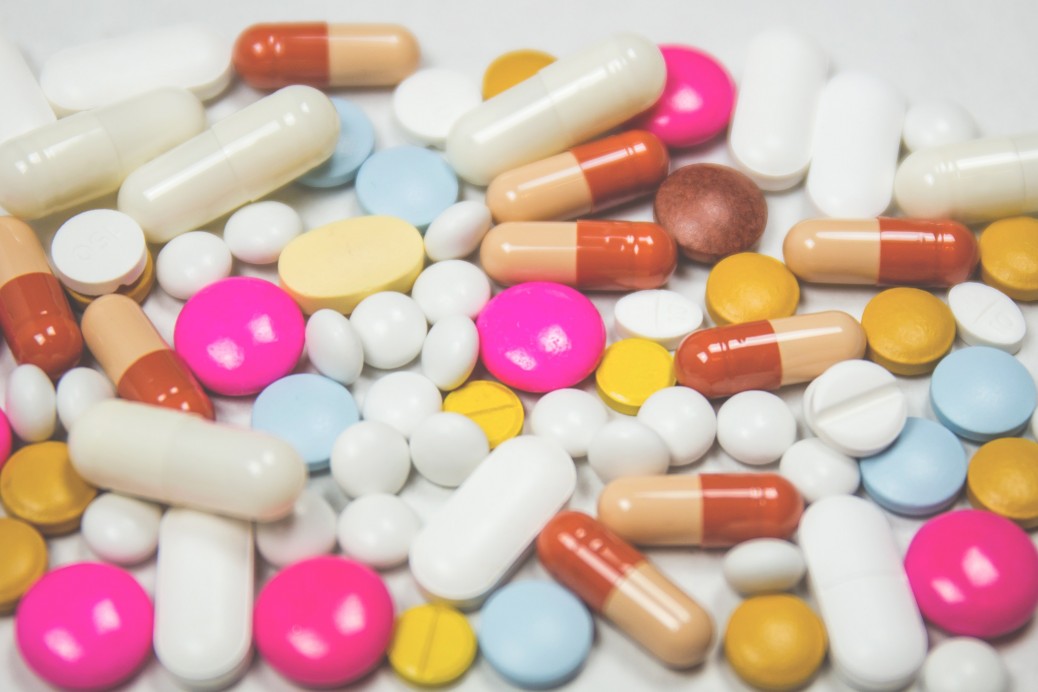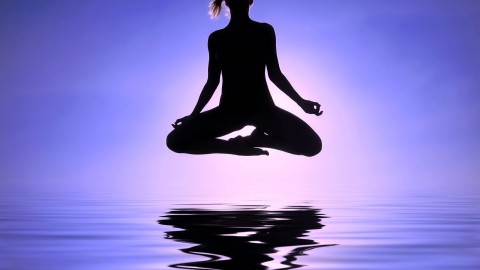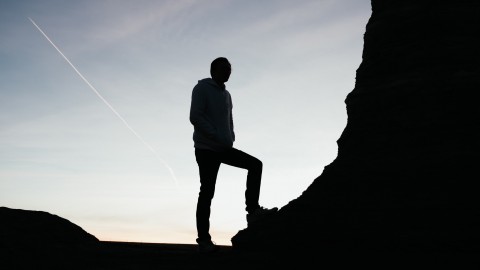Knowledge, Information and Experience
A tablet is a pharmaceutical dosage form. Tablets may be defined as the solid unit dosage form of medicament or medicaments with or without suitable excipients and prepared either by molding or by compression. It comprises a mixture of active substances and excipients, usually in powder form, pressed or compacted from a powder into a solid dose.
The compressed tablet is the most popular dosage form in use today. About two-thirds of all prescriptions are dispensed as solid dosage forms, and half of these are compressed tablets.
History:
Pills are thought to date back to around 1500 BC. Earlier medical recipes, such as those from 4000 BC, were for liquid preparations rather than solids. The first references to pills were found on papyruses in ancient Egypt, and contained bread dough, honey or grease. Medicinal ingredients, such as plant powders or spices, were mixed in and formed by hand to make little balls, or pills. In ancient Greece, such medicines were known as katapotia (“something to be swallowed”), and the Roman scholar Pliny, who lived from 23-79 AD, first gave a name to what we now call pills, calling them pilula.
Pills have always been difficult to swallow and efforts long have been made to make them go down easier. In medieval times, people coated pills with slippery plant substances. Another approach, used as recently as the 19th century, was to gild them in gold and silver, although this often meant that they would pass through the digestive tract with no effect. In the 1800s sugar-coating and gelatin-coating was invented, as were gelatin capsules.
In 1843, the British painter and inventor William Brockedon was granted a patent for a machine capable of “Shaping Pills, Lozenges and Black Lead by Pressure in Dies”. The device was capable of compressing powder into a tablet without use of an adhesive.
Advantages and disadvantages:
Tablets are simple and convenient to use. They provide an accurately measured dosage of the active ingredient in a convenient portable package, and can be designed to protect unstable medications or disguise unpalatable ingredients.
Some drugs may be unsuitable for administration by the oral route. For example, protein drugs such as insulin may be denatured by stomach acids. Such drugs cannot be made into tablets. Some drugs may be deactivated by the liver when they are carried there from the gastrointestinal tract by the hepatic portal vein (the “first pass effect”), making them unsuitable for oral use. Such drugs may need to be given in very high doses or by injection.
Manufacture of the tableting blend:
In the tablet pressing process, the main guideline is to ensure that the appropriate amount of active ingredient is in each tablet. Hence, all the ingredients should be well-mixed. If a sufficiently homogenous mix of the components cannot be obtained with simple blending processes, the ingredients must be granulated prior to compression to assure an even distribution of the active compound in the final tablet.











